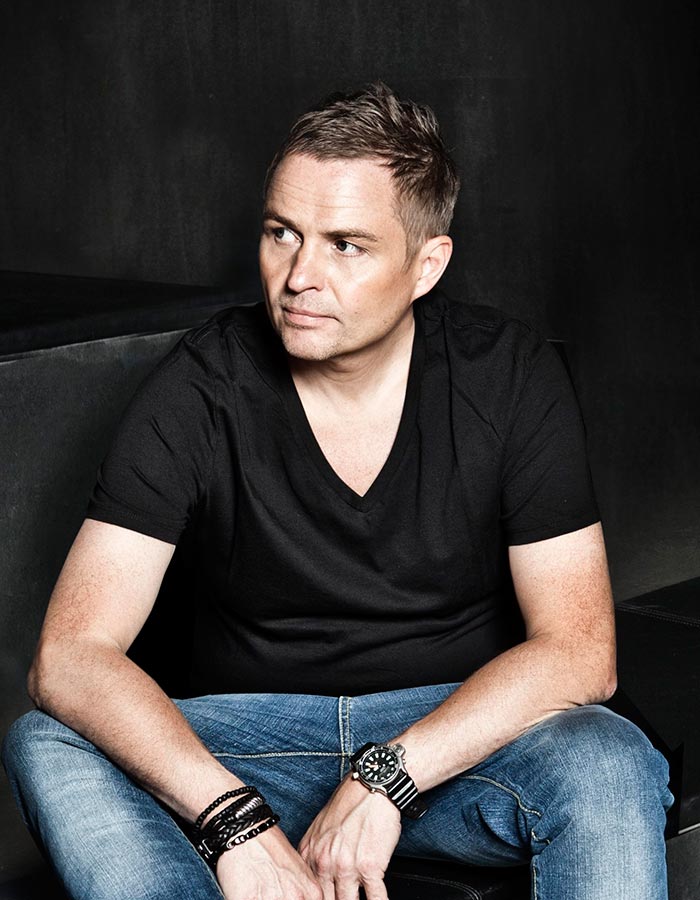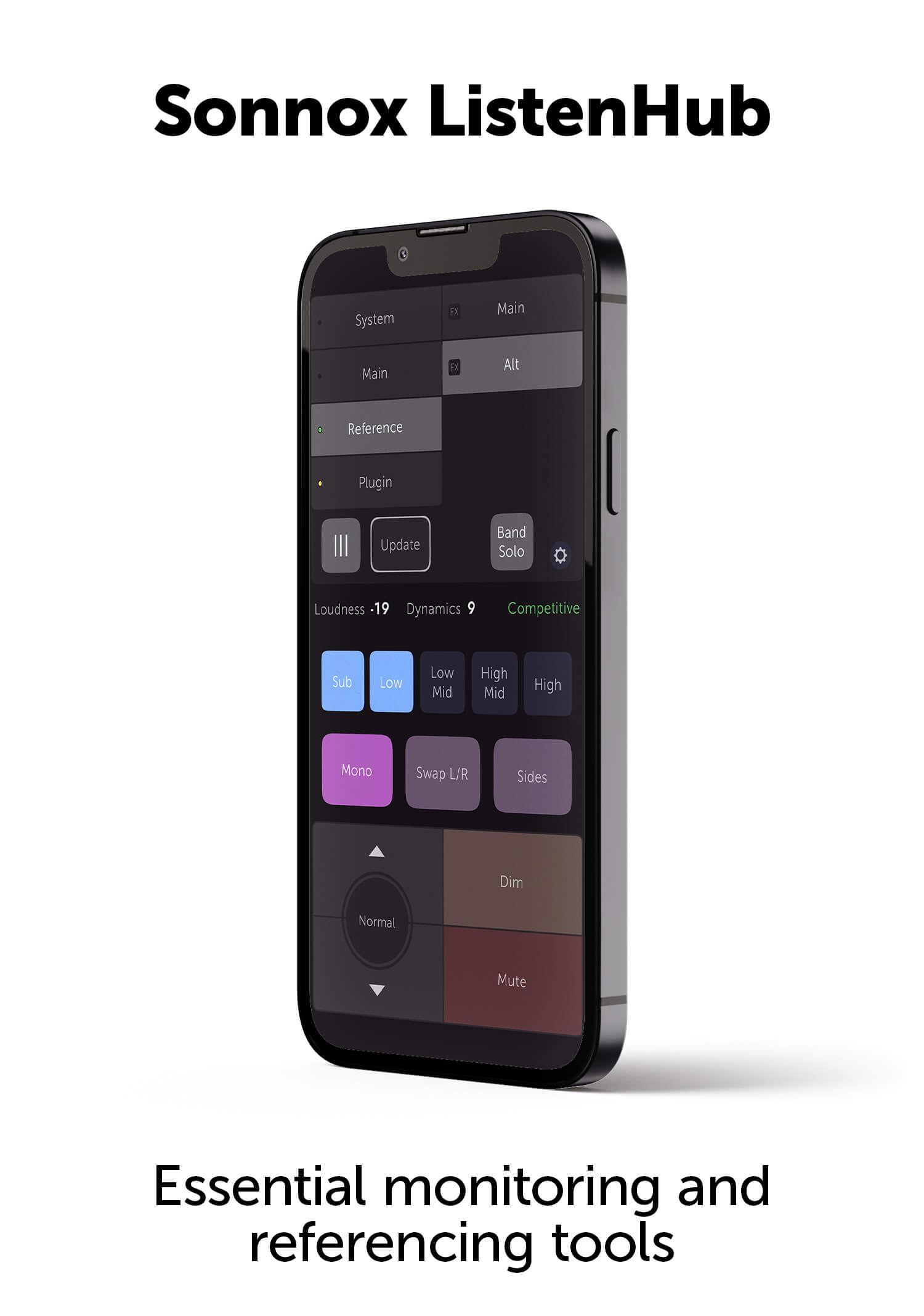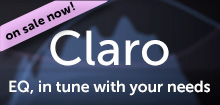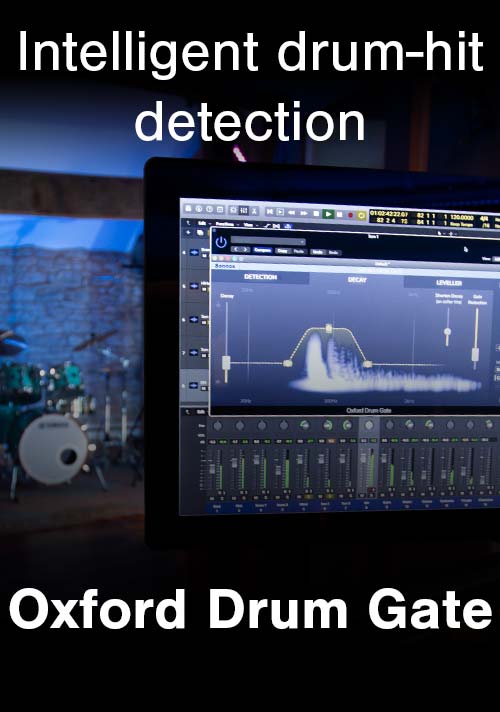StoneBridge
A Touch of Stone

Born in Stockholm, Sweden, Grammy nominated remixer, artist, DJ and producer StoneBridge has seen the biz change firsthand. A 20-plus year industry veteran, he began cutting remixes on analog tape, working with the earliest generation of samplers and computers. Since then, artists ranging from Britney Spears and Yoko Ono to Natasha Bedingfield and Usher have received the 'Stone' touch. Below, he opens up to us about how he got started, what makes his sound, and of course, a few of his favorite plug ins.
How did you get started in the biz?
I grew up in a musical home where my mother played the odd classical piece on the piano and my father had a more British Music Hall kind of vibe. As the teen years approached, I decided to become a guitar hero and ended up in a band that only let me play rhythm guitar. Problem was, we had no singer so nothing really happened. So I moved on to clubs and dance music. From there it's been a straight line starting with tape re-edits of current hits, then remixes and then proper music production to 2" tape and board. My first international release was a track called Jazzy John's Freestyle Dub that came out in the UK 1990. Two years later I did the remix of Robin S - Show Me Love that became a worldwide hit 1993 and 1994.
How did you get into remixing?
As a DJ I felt most of the big records were not done right so I started to re-edit them. This was back in the days before CDs and laptops so me and some buddies set up a remix service called SweMix and put out a couple of double 12". We got busted by the labels, but miraculously got permission to continue as a promotional service. The reputation spread across the world and I soon got remix work from international labels.
What is your primary platform?
Logic native for production and Logic as front end with Pro Tools HD hardware when recording vocals. Can't stand the latency on the native platform when it comes to live recording.
How would you describe the 'StoneBridge' sound?
It's been pretty consistent over the years. I have a love for bass lines and they are always prominent in my production as well as vocals. As I moved on from the old school way of producing with an Atari, samplers and 2" tape in 1997, working with DAWs proved to be a bit of a challenge. To me they didn't feel very dynamic.
What changed?
Plug-ins came along, and I've tried all of them over the years. The big revelation for me was the Sonnox Limiter (True Peak Limiter) that I heard in use at a mastering house. At that point, I decided to get it right away.
How does it help your sound?
It's mainly the simplicity and transparency that I love with this thing. And of course, the magic 'Enhance' slider that just enhances things the right way.
What else do you use on your mix?
Lately, I have used the Sonnox Inflator (Harmonic Exciter Plugin) a lot too. It seems to get rid of that screen of mud covering some mixes and just bring them forward in a really cool way. But I also have at least one Inflator on the drum bus and one on the vocal bus as well.
Do you have a favorite?
The Limiter for sure - can't live without it!
Can you give us some specific examples of how you use them?
As the Limiter is quite economical on CPU, I often put it on the master fader early in the process just to control levels and get a feel of the finished mix. I also set up a drum bus early with the Inflator and send different things there, but very rarely the kick as it needs to be clean and a central point of the production.
Also, if I have a muddy or poorly recorded vocal, I stick another Inflator on the vocal bus. It seems to bring life back into the track. Sometimes I put Inflators directly on a single instrument track just to add some presence. The same goes for the Limiter, as it's more polite than some others are - so you can really push it!
Interview and editorial provided by Rich Tozzoli




